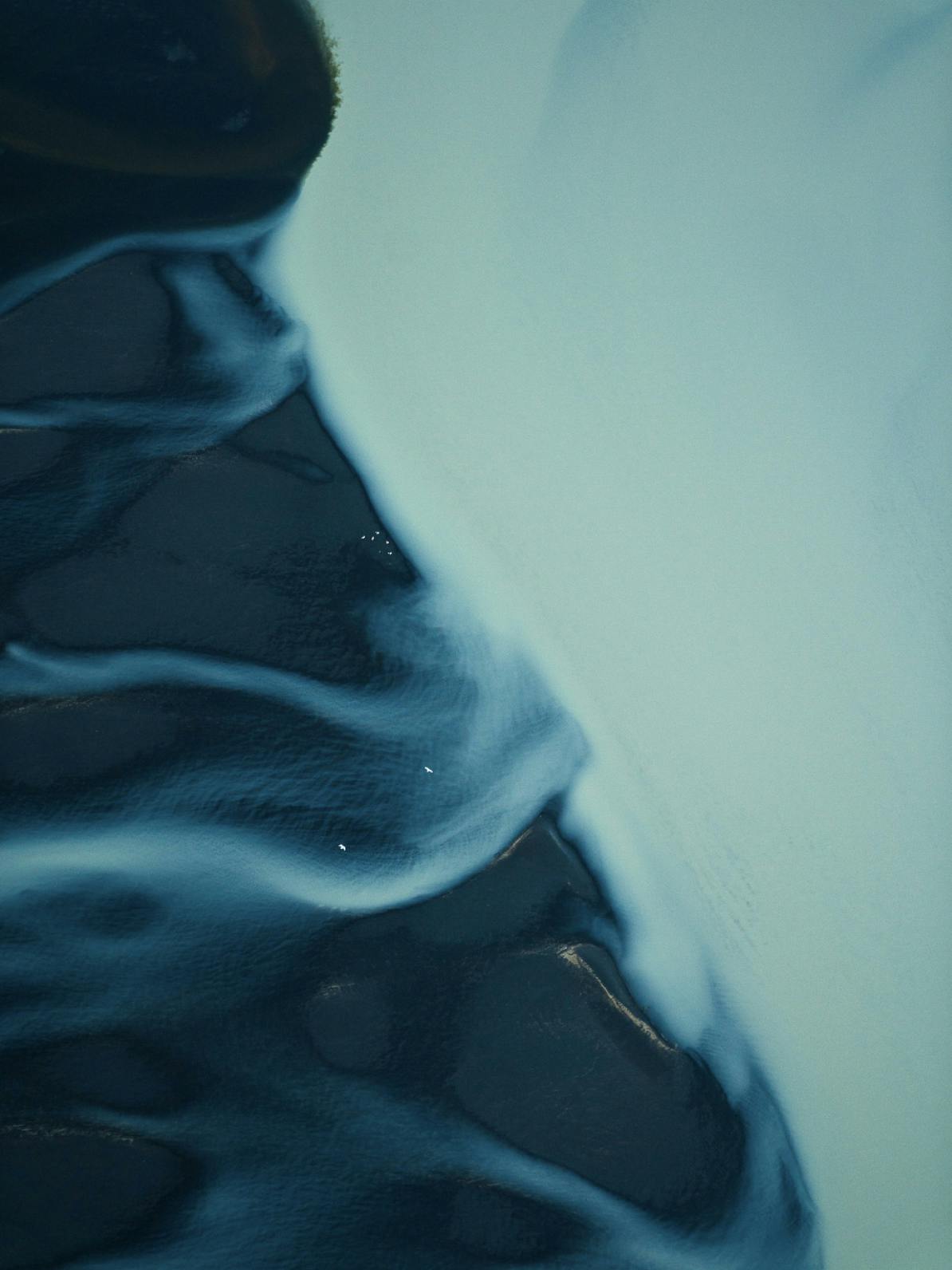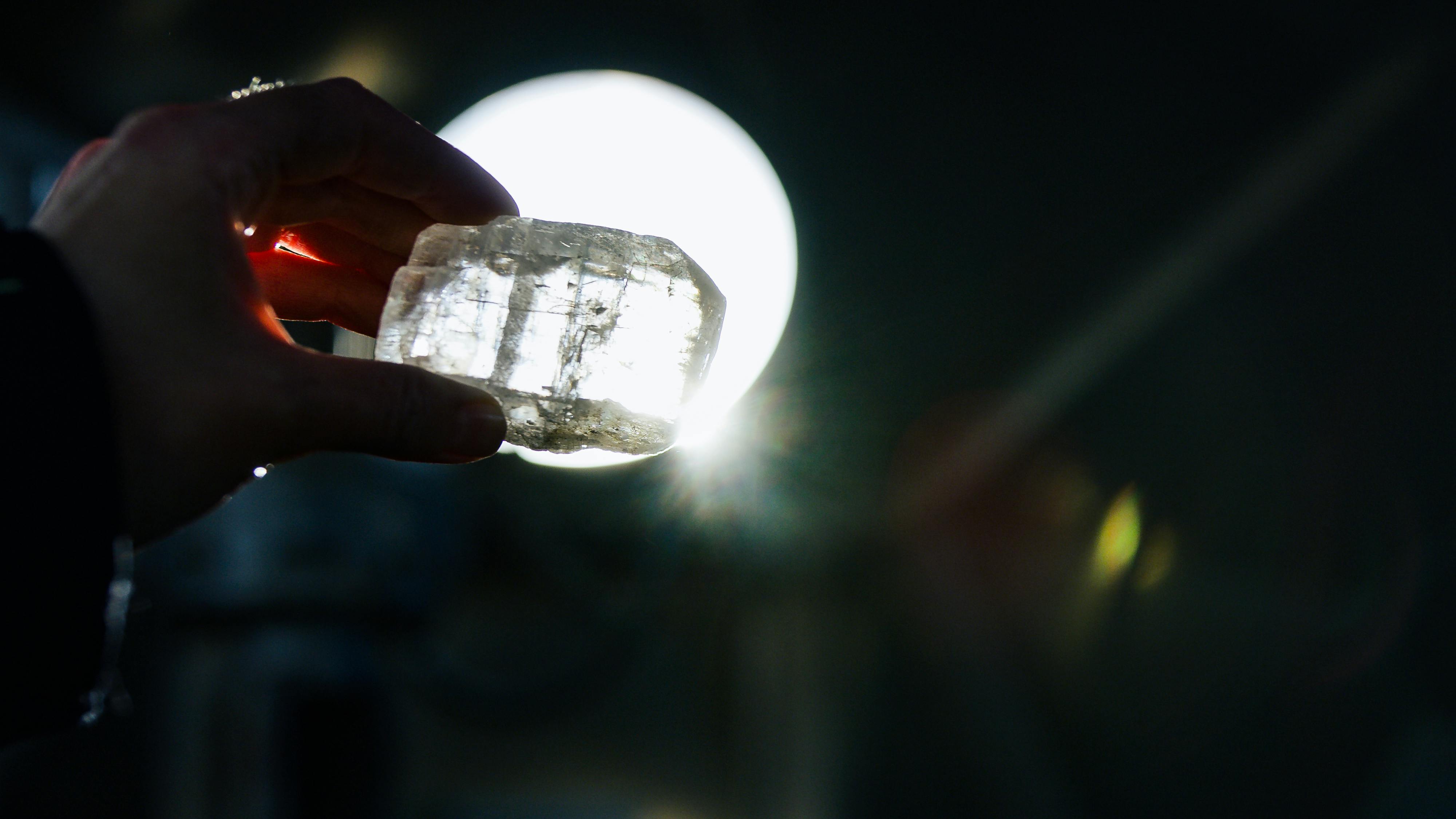
Carbfix
We turn CO2 into stone
It has never been more important than it is now for the world’s scientific community to work together to find solutions to carbon dioxide emissions
The climate changes that are taking place in the world are becoming more and more visible, especially here in the north. Therefore, it has never been more important than it is now for the world’s scientific community to work together to find solutions to carbon dioxide emissions. The team behind the Icelandic company Carbfix has developed a method for sequestering CO2 in stone. We met with Sandra from Carbfix to learn more about this technology, what impact it can have and not least to get positive inspiration about the ongoing projects that aim to make the environment better.
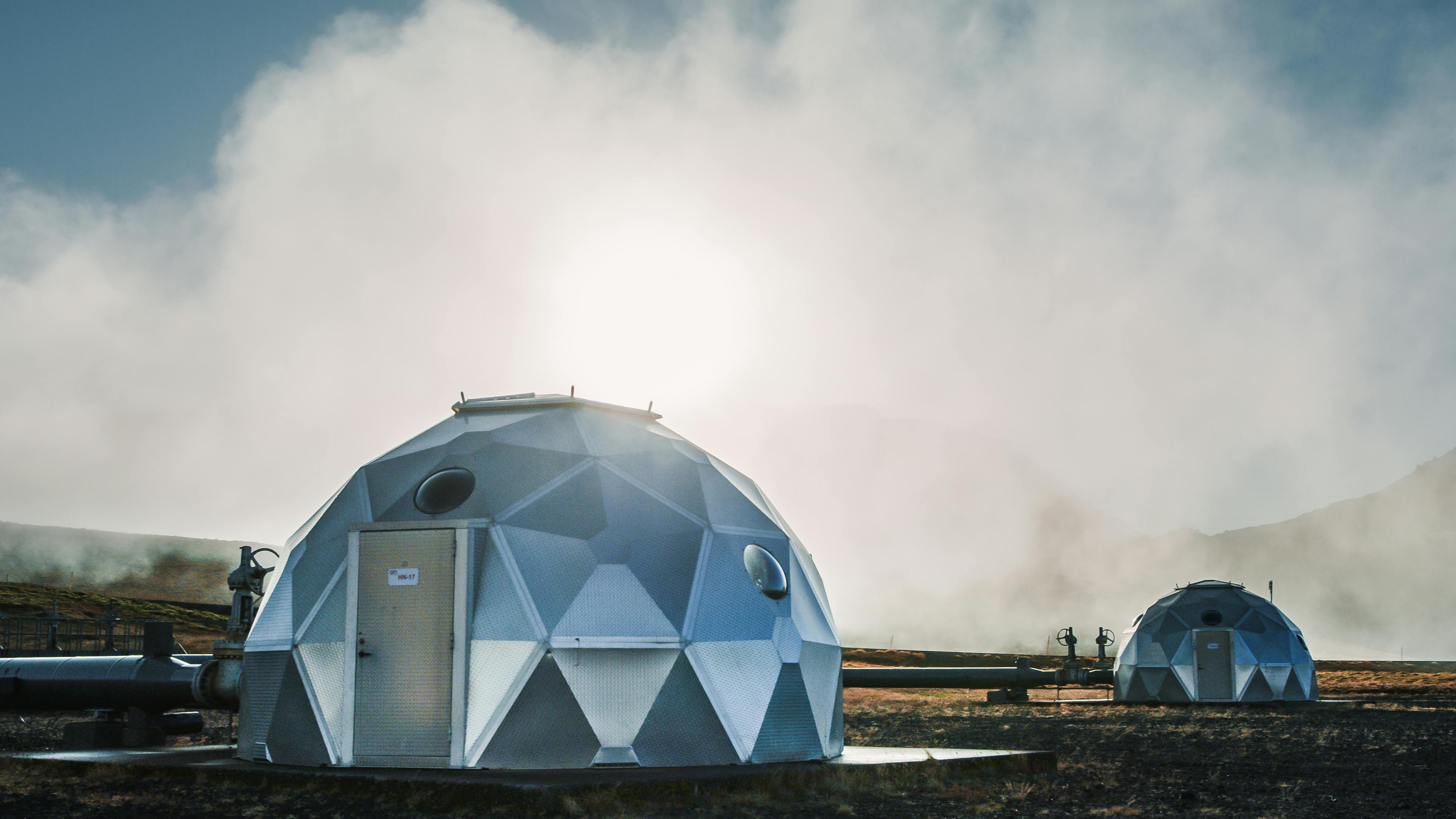
What is the story behind Carbfix – where does the idea come from, and how did it end up in Iceland?
CO2 mineralisation plays a major role in the natural carbon cycle, but the idea of using this method of the earth in the fight against global warming was sparked in the 1990s.
In 2006, one of the greatest climate scientists of all time, Professor Wally Broecker from Columbia University in New York, spoke at a climate conference in Iceland on the possibility of CO2 mineralisation in basalt in Iceland. As a result, the wheels began to turn and the Carbfix project was launched in 2007 by Reykjavík Energy, the University of Iceland, CNRS in Toulouse and Columbia University. Reykjavík Energy has led the project from the beginning.
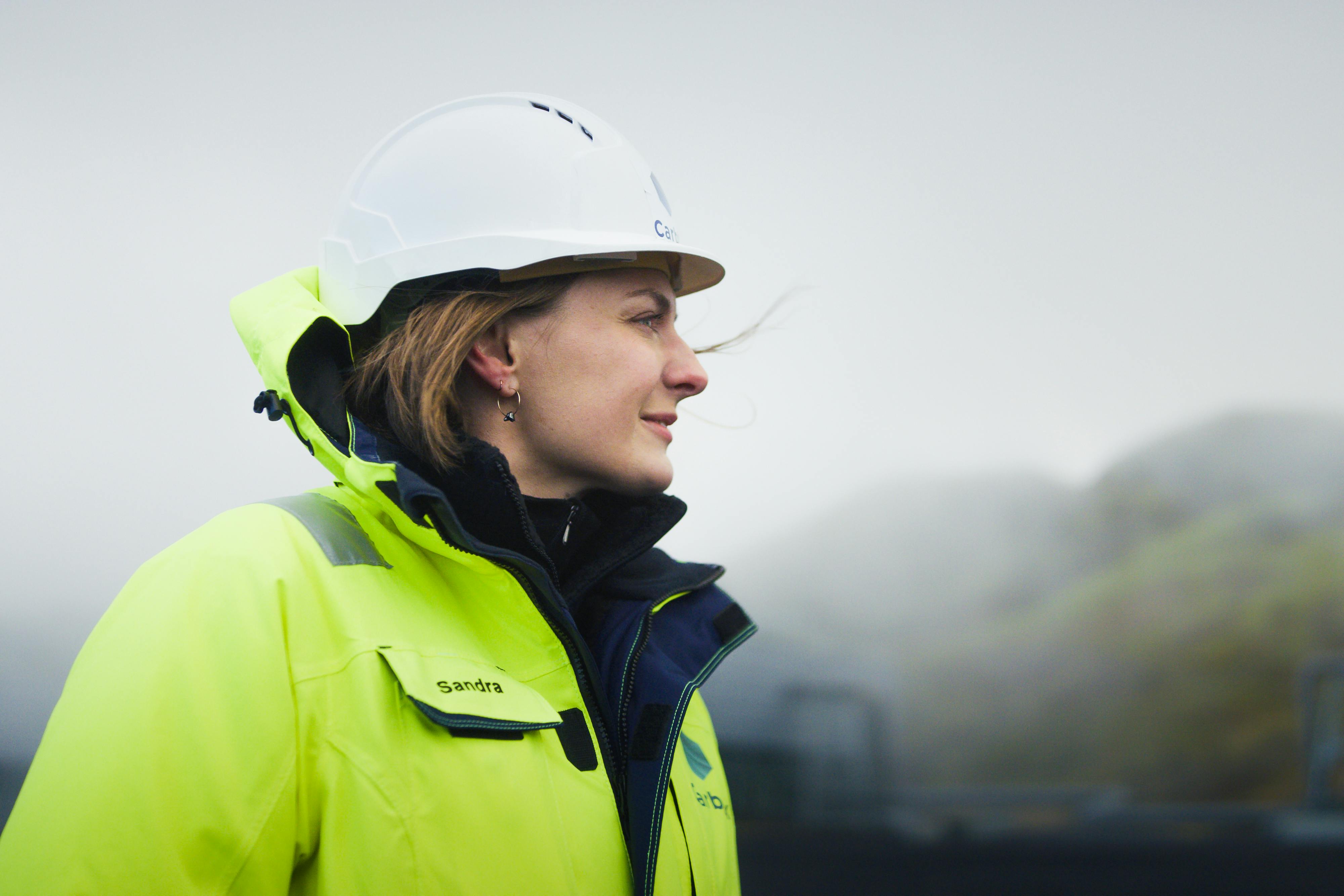
How did you become part of the project?
I was completely fascinated by this idea since I first heard of the Carbfix project in 2007. I had just returned home to Iceland from school and was relatively new to geology. I was the girl at kitchen parties that summer talking about how CO2 could be turned into stone.
It was in 2012 that Carbfix advertised for doctoral students and I decided to apply. I made a quick decision and submitted an application about 15 minutes before the application deadline expired, using a terrible Internet connection in Hornstrandir, where I was travelling. I was hired, completed my doctoral degree in 2017 and have been working to turn CO2 into stone ever since – first at Reykjavík Energy and then as an employee of Carbfix, after the company was founded around the project at the start of this year.
How does the carbon injection process work?
CO2 is dissolved in water, just like in a soda stream device, and then pumped deep into the bedrock. This mineral water is heavier than groundwater and therefore sinks rather than rising back to the surface. It flows around the bedrock and dissolves out metals such as calcium, magnesium and iron that bind to carbon dioxide and forms minerals deep in the bedrock. The bedrock in Iceland is about 90% basalt, which is the perfect type of rock for this technology. It contains a lot of these minerals, in addition to which the rock is permeable and jointed so that the liquid has an easy way to flow around the rock, react with it and form minerals.
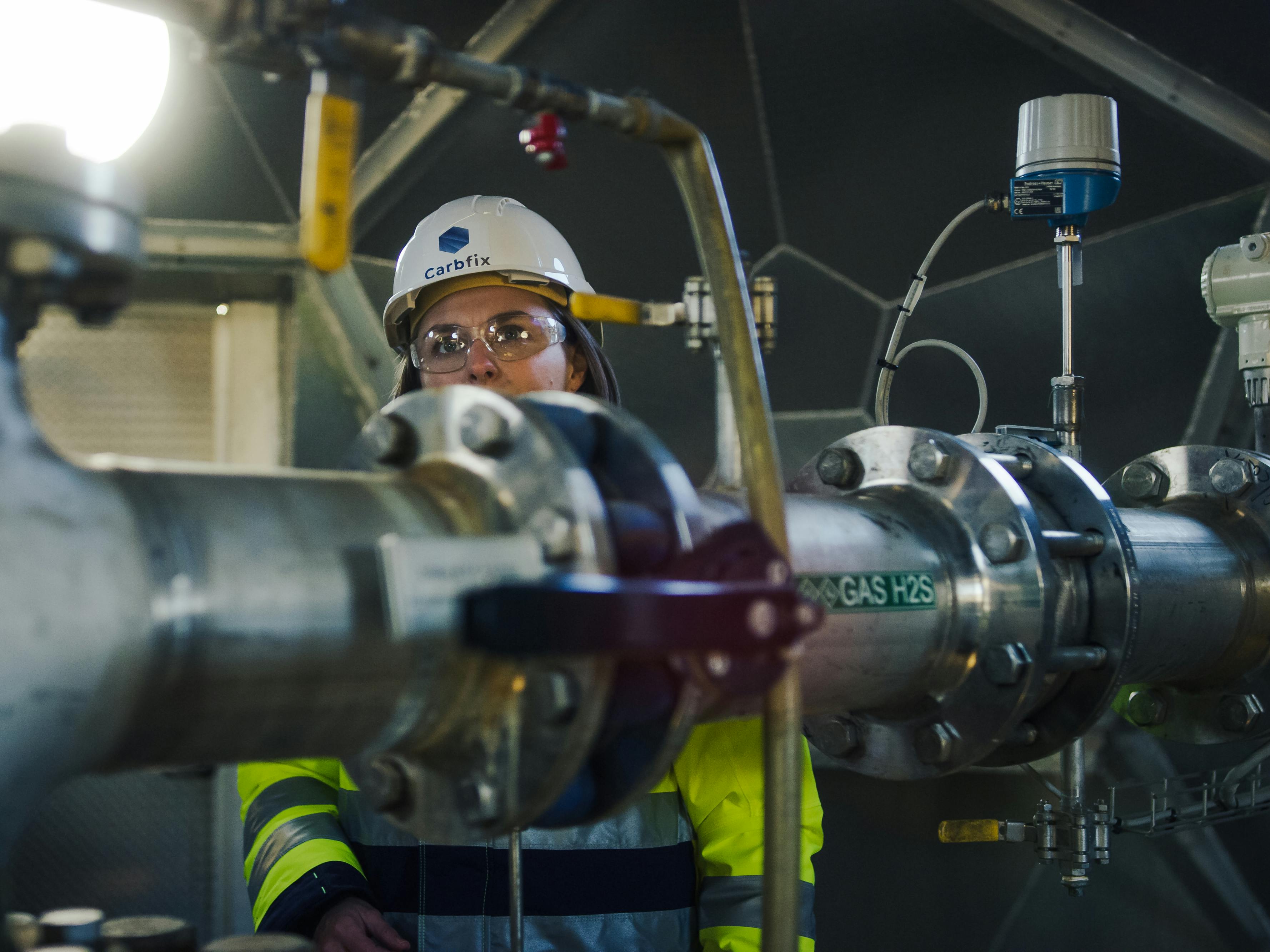
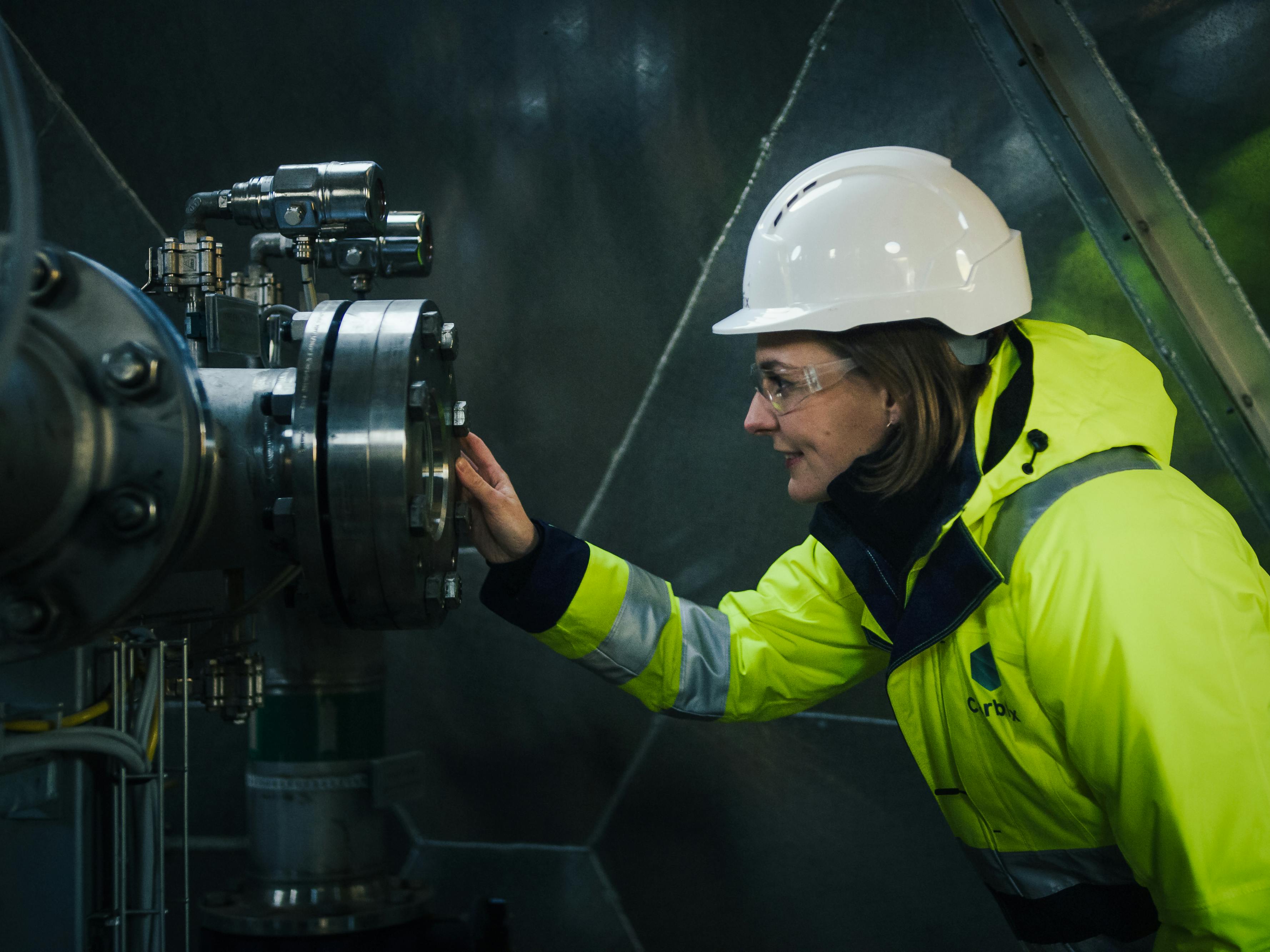
It is planned to expand the project in Hellisheiði; can you tell us more about it?
Carbfix technology has been part of the Hellisheiði power plant’s operations since 2014, and currently, about 12,000 tonnes of CO2 are pumped down per year – which is about a third of the emissions from the power plant. In the next few years, the air purification plant will be expanded and most of the CO2 will be purified and pumped down into the bedrock. In addition, experimental injection of CO2 from the Nesjavellir power plant will begin next year.
Since 2017, Carbfix has been collaborating with the Swiss innovation company Climeworks, which has developed equipment to purify CO2 from the atmosphere with several types of air capture fans. Climeworks has operated experimental air capture fans in Hellisheiði and captures about 50 tonnes of CO2 per year, which Carbfix receives, pumps down and mineralises. Next year, Climeworks will build an air capture plant at the Hellisheiði power plant and capture up to 4,000 tonnes of CO2 directly from the atmosphere, which Carbfix will pump down into the bedrock and mineralise.
Carbfix is also preparing more projects outside Hellisheiði, and it is hoped that the technology will be used as widely as possible both within Iceland and abroad, in the enormous task that awaits us due to catastrophic global warming.
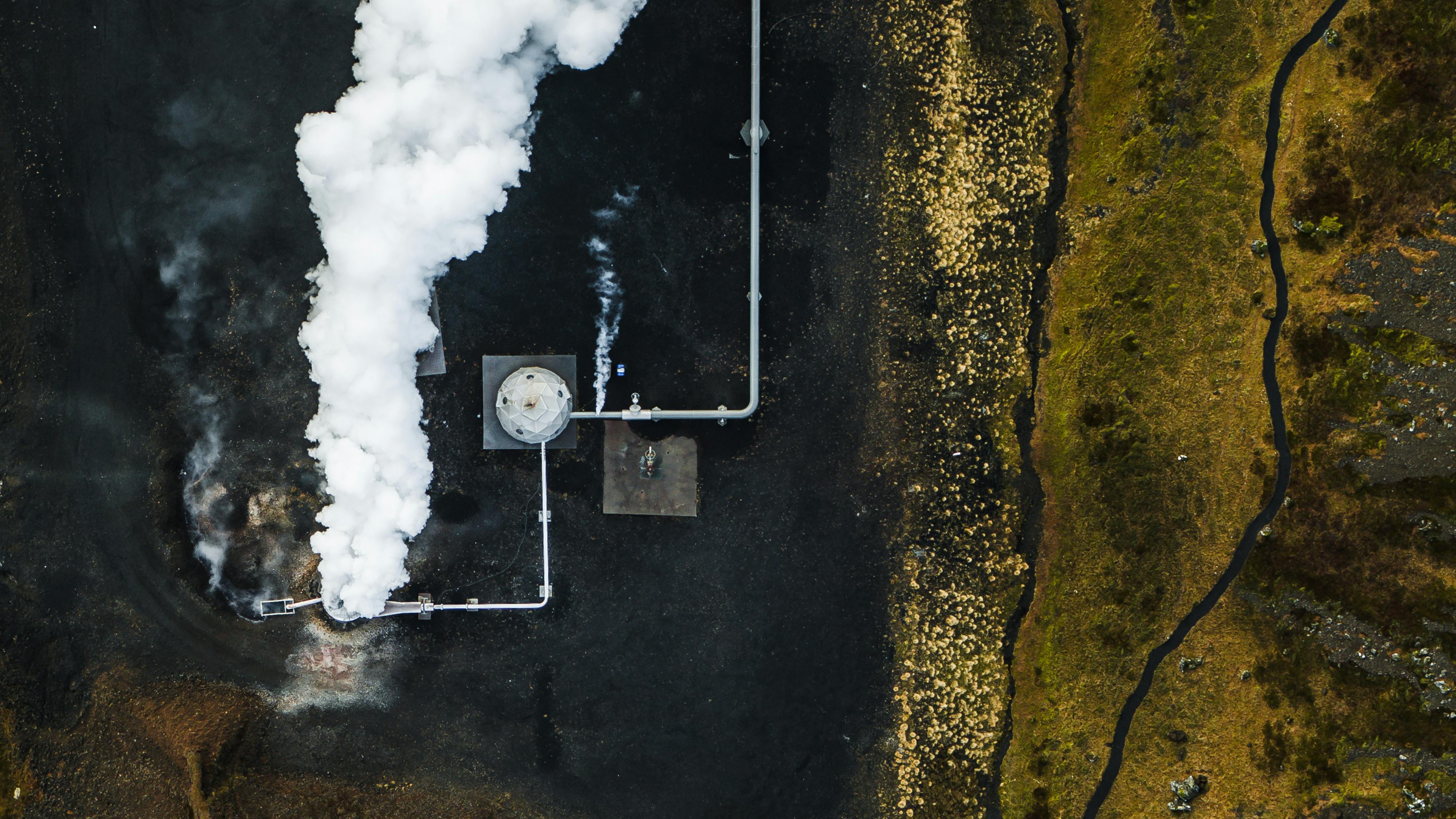
The energy in Iceland is unique. But is it environmentally friendly enough, and are Icelanders in favour of sustainable energy sources?
I sometimes think that we do not realise how lucky we are with our green energy sources. In Iceland, renewable energy sources are used almost exclusively for heating and electricity production, and we have enough energy to power our fleet of cars as well. This puts us in a very privileged position in climate matters, as most nations of the world have the huge task ahead to stop the burning of fossil fuels to power these systems. We have already resolved these issues, and we can start focusing on controlling emissions from heavy industry, cultivating the land and restoring wetlands and taking steps towards carbon neutrality in a much easier way than most other countries. That is why Iceland should be a leader in climate change issues. We have to make use of this huge advantage to pave the way.
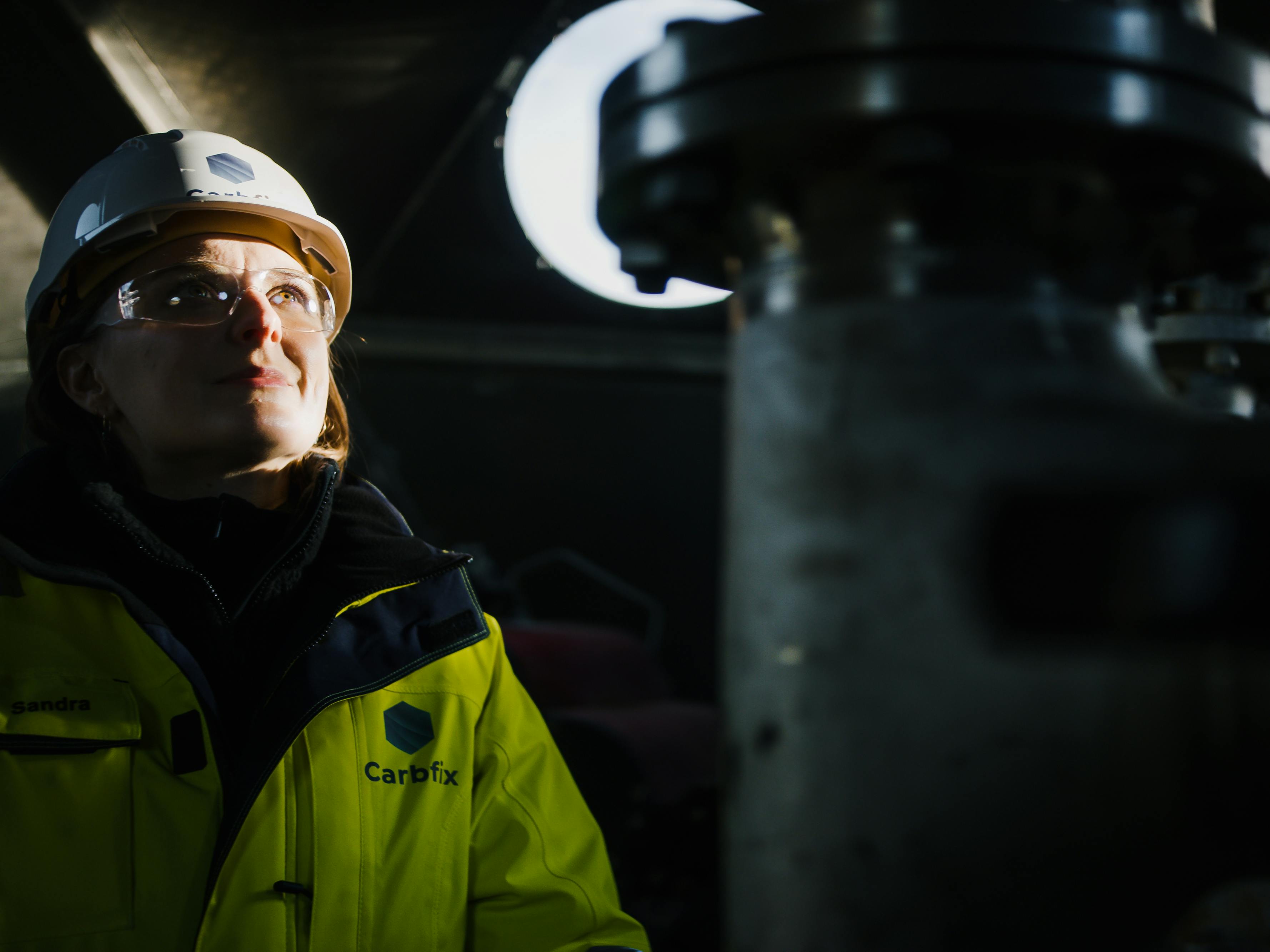
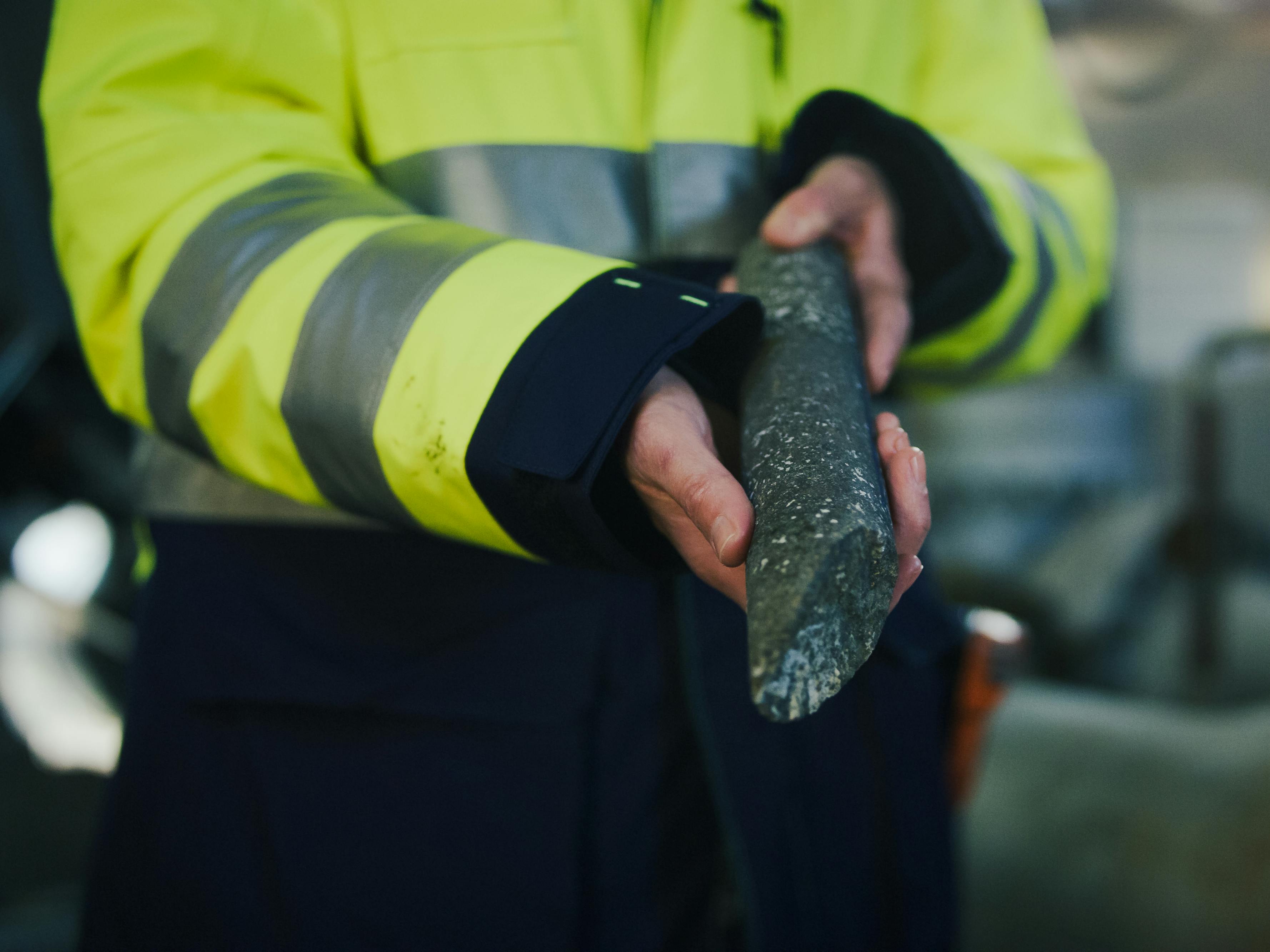
What is the future of energy in Iceland?
Energy in Iceland is and will always be in demand – as more and more individuals, companies and institutions realise the value inherent in renewable energy sources.
Renewable energy is also one of the pillars of Carbfix’s operations in Iceland. For example, one of the preconditions for an air capture plant such as the one that Climeworks is building in Hellisheiði, to be located in Iceland, is access to green energy, as it would not be worthwhile to capture CO2 from the atmosphere with the energy and costs involved and power the system by burning fossil fuels that release CO2 back into the atmosphere. This also makes Iceland a sought-after place to further develop this technology. It would also be possible to build a CO2 disposal station in Iceland that would receive CO2 from places that do not have the opportunity to pump it down into the bedrock and mineralise it. CO2 would then be transported by tankers – and just as oil and gas are transported long distances for energy utilisation, it is conceivable that this chain could be reversed to benefit the fight against catastrophic global warming.
In my mind, I think it is quite clear that renewable energy in Iceland will be even more sought after in the next few years, when companies start competing to achieve carbon neutrality by any means. It is up to us to ensure that it is used in the best and most sensible way.
Could Iceland become a leading nation in green energy?
Yes, Iceland is already a leader when it comes to geothermal utilisation and e.g. over 700 students from developing countries have received specialised training in geothermal research and utilisation over the last 40 years through the United Nations University Geothermal Training Programme.
At the same time, we hope that the Carbfix method can become one of those that will be used to achieve the goals of the Paris Agreement and curb global warming.
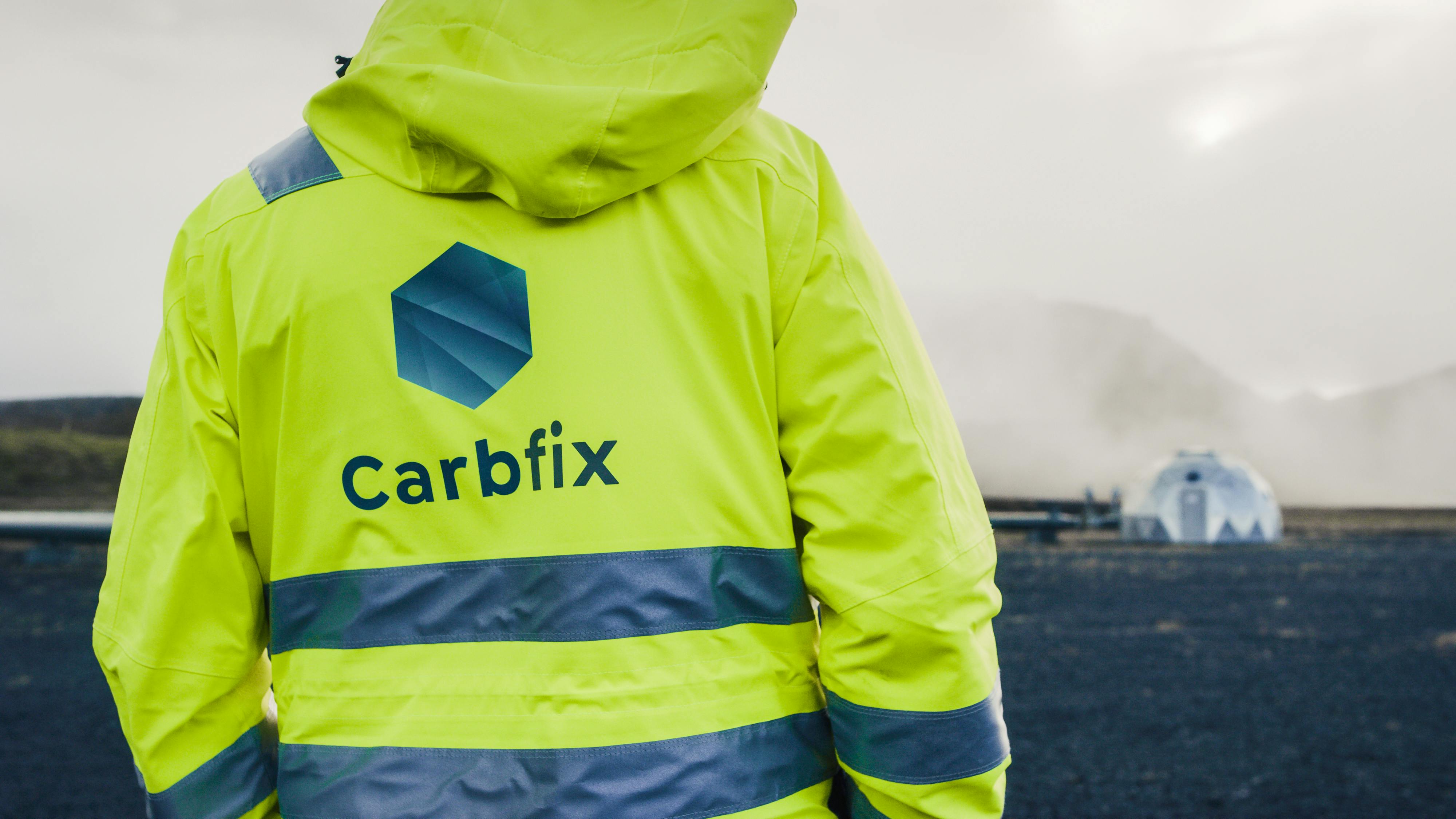
Glacier Friday 2020
NORÐUR Journal

Renowned photographer Chris Burkard's passion for preserving the Icelandic highlands.
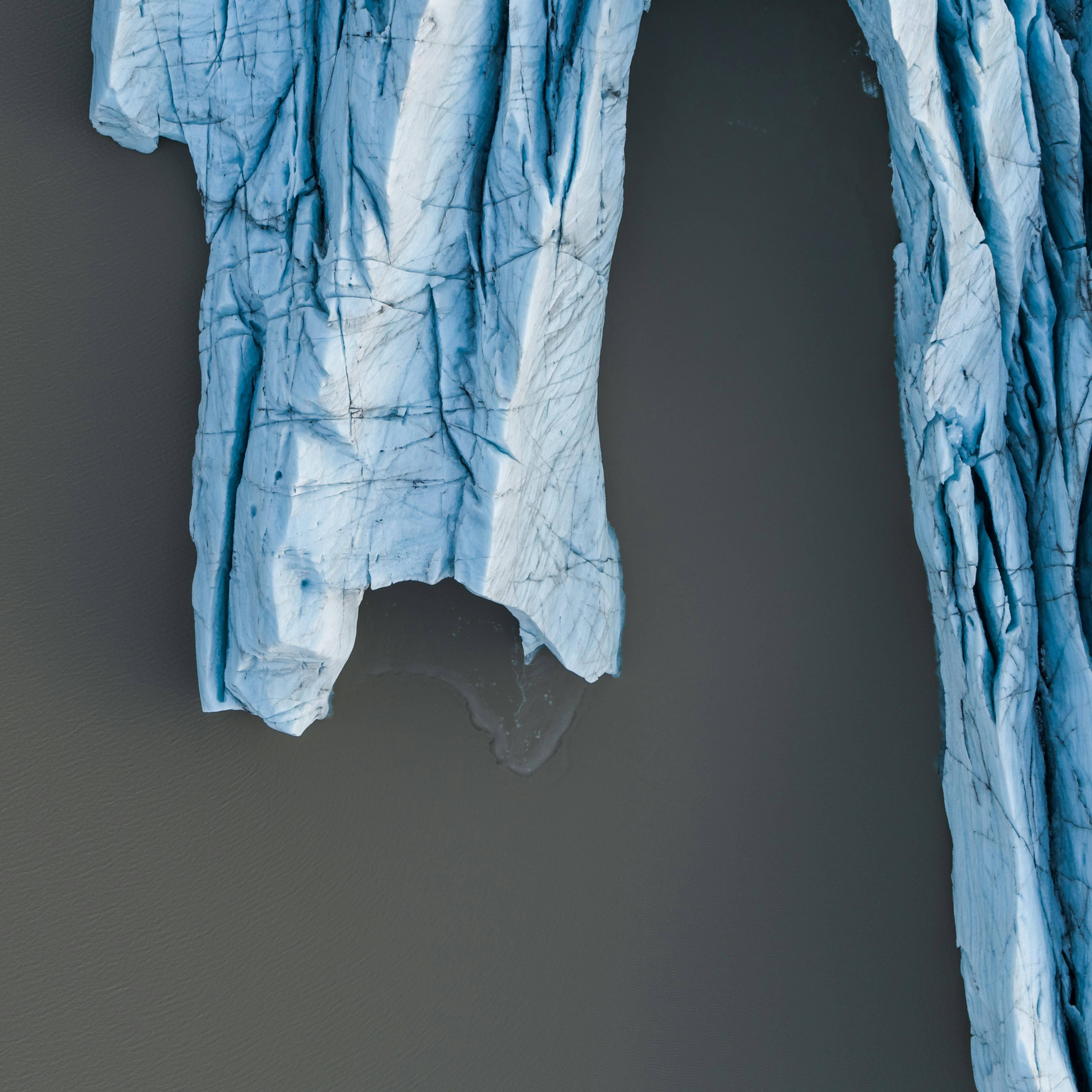
Glaciers make Iceland an extraordinary place. Let's do what we can to keep it that way.

The siblings Þorsteinn Roy and Svanhvít Helga Jóhannsdóttir grew up with a unique backyard. The glacier, Svínafellsjökull. They have been able to watch the glacier recede and thinned through the years due to global warming.
